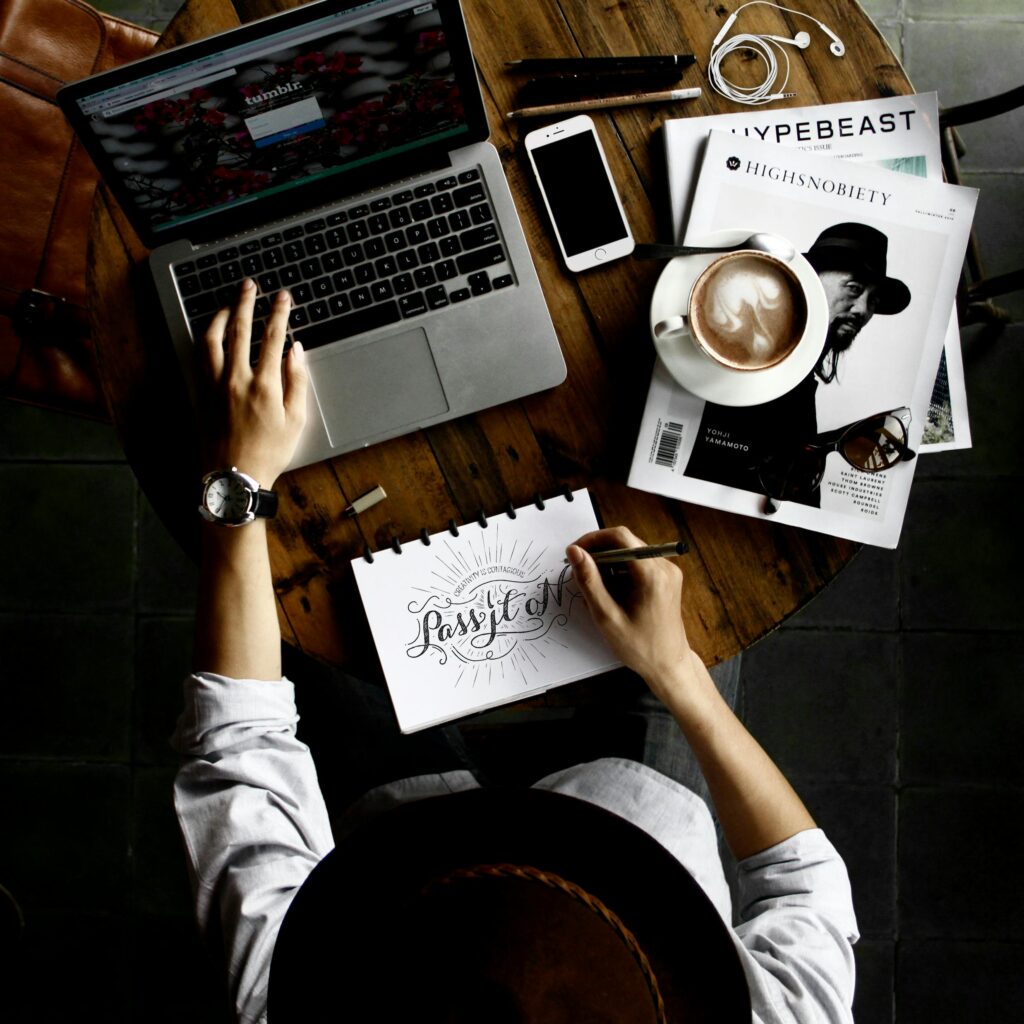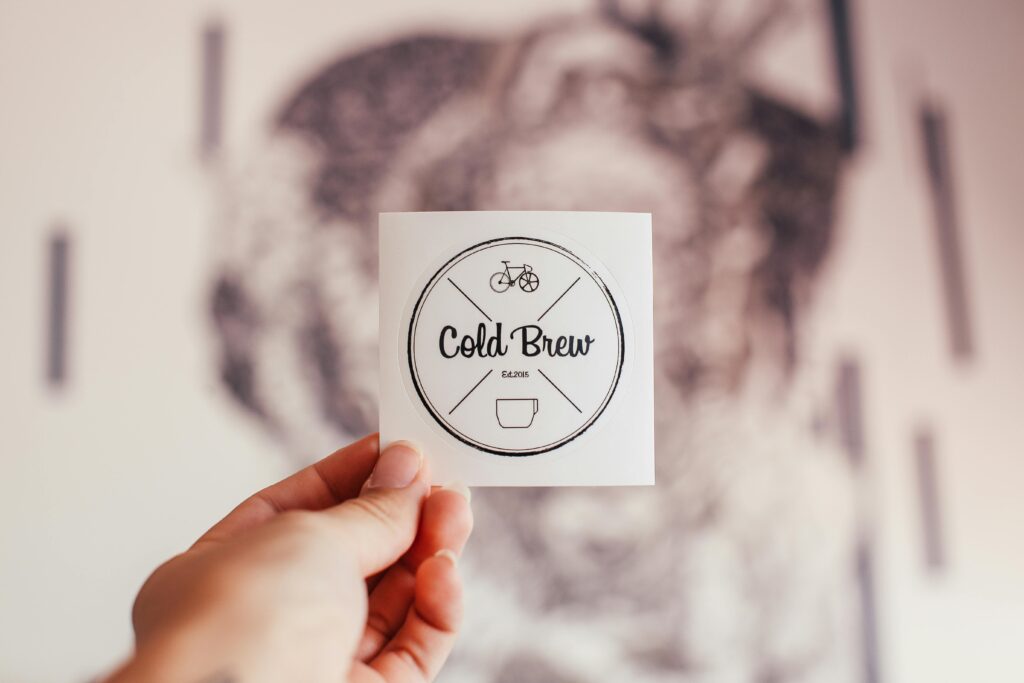“Design is the intermediary between information and understanding.” — Richard Grefé
Design, the visual translation of thought and identity. One of the most critical tasks a designer faces is ensuring that a logo represents the essence of a brand properly. Before any lines are drawn or colors selected, understanding the brand behind the logo is paramount to creating something that resonates with its audience.
Let’s dive into why it’s essential to understand a brand before designing a logo and how a strategic approach can make the difference between a design that’s merely good and one that becomes iconic.

Logos Are More Than Just Shapes and Colors
A logo is the first visual interaction between a company and the public. It is a symbol that embodies a brand’s personality, mission, and values. In today’s marketplace, where brand differentiation is crucial, a well-crafted logo can make or break first impressions.
A Logo Without a Brand Is Just an Image
Think of a logo as the face of a brand. Without understanding the personality behind that face, the design risks becoming generic or irrelevant. The power of a logo comes from its connection to the brand’s identity. Apple’s sleek, minimalist logo works because it aligns perfectly with the brand’s focus on simplicity and innovation. It’s not just the look of the logo—it’s the story behind it.
Why Understanding a Brand is the Key to Effective Design
When tasked with designing a logo, designers need to understand not just the company, but also the market, audience, and long-term vision. Here’s how digging deeper into a brand’s identity directly impacts the design process:
1. The Foundation of Storytelling
A logo tells a story in an instant. To tell that story effectively, the designer needs to understand the brand’s background, values, and long-term goals. Whether the company is a disruptive startup or a traditional family business, the logo should communicate the essence of its story.
A brand rooted in tradition might require a timeless, classic design, while an innovative tech company might benefit from sleek, modern visuals. Without understanding these elements, you risk creating a design that doesn’t resonate with the company’s audience.
2. Building Emotional Connections
Customers form emotional bonds with brands. Logos are one of the key ways to foster those connections, often in less than a second. The colors, typography, and imagery used in a logo need to elicit the right emotions from the target audience. This emotional response is only possible if the designer fully understands the tone and personality the brand wants to convey.
For example, the vibrant colors of a children’s toy brand will evoke joy and playfulness, while a luxury brand will often use muted tones and elegant typography to exude sophistication.

3. Adapting to Industry Standards and Trends
Every industry has its own visual language. Automotive logos often feature emblems that symbolize strength and reliability, while tech logos might favor minimalist, futuristic designs. Understanding the industry helps ensure the logo fits within its environment while still standing out from competitors.
When you know the industry landscape, you can avoid overused clichés and instead craft a design that is fresh yet familiar. For example, while minimalism may be trending, applying it blindly across industries can lead to designs that lack distinction. Industry-specific research helps you determine where to push boundaries and where to maintain tradition.
The Role of Client Collaboration and Research
1. In-Depth Client Conversations
One of the first steps to understanding a brand is speaking with the client. But don’t just rely on surface-level conversations. Dive into their mission, vision, and core values. What do they want customers to feel when they see their logo? Where do they see themselves in 5 or 10 years? These insights inform a design that can evolve with the brand over time.
Some clients may not have a clear vision of their brand’s identity, and it’s the designer’s role to help them articulate it. Ask probing questions about their business objectives, target market, and competitors. It’s crucial to understand how the brand fits into the larger picture of the industry and what makes it unique.
2. Conducting Competitive Analysis
Studying competitors can help avoid redundant designs and ensure the logo sets the brand apart. Competitive analysis is a goldmine of insights into what works—and what doesn’t. It helps pinpoint where the brand can innovate visually and carve out its own space within the market.

For example, in the crowded coffee industry, a logo for a new café must stand apart from established giants like Starbucks while still conveying quality and warmth. Researching industry norms while looking for opportunities to differentiate can lead to a logo that truly speaks to the intended audience.
3. Considering the Audience
Logos need to speak directly to the target audience. A logo for a children’s brand will look vastly different from one for a financial institution. Understanding who the brand is trying to reach—their demographics, preferences, and behaviors—is critical to making design choices that resonate with the right people.
Benefits of a Well-Researched Logo
When designers invest time in research and discovery, the rewards are clear. A logo that reflects a brand’s core values and goals has the following advantages:
- Memorability: People remember logos that are meaningful and visually engaging.
- Consistency: A well-designed logo helps maintain consistency across all brand touchpoints, from websites to social media and packaging.
- Longevity: Understanding a brand’s long-term vision allows you to create a logo that evolves with the company, staying relevant for years to come.

If a designer fails to understand a company’s identity before designing a logo, several issues may arise:
- Misaligned Branding: The logo may not accurately reflect the company’s values, mission, or target audience.
- Lack of Resonance: The logo may fail to connect with customers and leave a lasting impression.
- Brand Dilution: A misaligned logo can dilute the brand’s identity and create confusion.
- Negative Perception: A logo that doesn’t resonate with the company’s identity can create a negative perception among customers.
I believe we nowadays have seen re-branding fails across many industries. You probably already are thinking of a few.
Case in Point of a well researched design: Nike’s Evolution

When Phil Knight first saw the now-iconic Nike swoosh, he wasn’t particularly impressed. Yet the logo perfectly encapsulates the brand’s essence—speed, movement, and athleticism. Over time, as Nike’s brand grew, so did the meaning behind the logo. This is the power of a well-researched design that understands a brand’s purpose and future direction.
Conclusion: The Power of Thoughtful Design
By taking the time to understand a brand in-depth—its values, goals, market, and audience—designers can create logos that go beyond mere visuals. A well-researched, thoughtfully designed logo becomes a lasting symbol that communicates a brand’s story in a single glance.
In our world where first impressions are everything, understanding the brand behind the logo ensures that the design is not only beautiful but also meaningful and effective.

